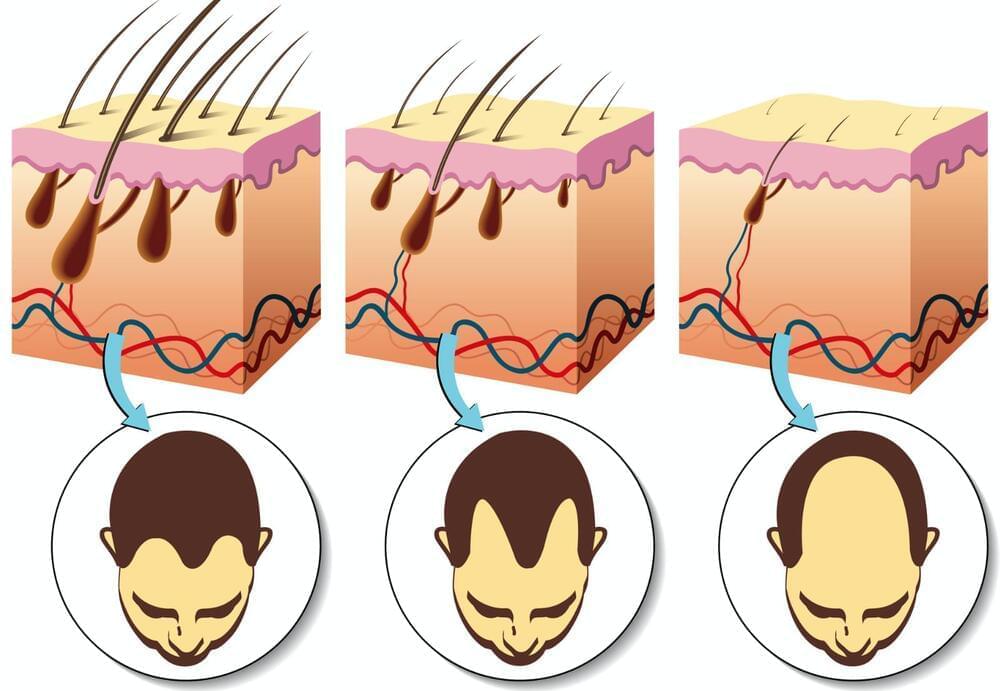The two companies have raised an initial US$6.5 million toward what could genuinely be a revolutionary powertrain for electric aircraft; a fully FAA-certified hydrogen system would instantly allow electric aircraft to carry several times more energy on board, vastly boosting flight endurance while also enabling fast refueling instead of slow charging.
HyPoint claims its “turbo air-cooled” fuel cell system” will be able to achieve up to 2,000 watts per kilogram (2.2 lb) of specific power, which is more than triple the power-to-weight ratio of traditional (liquid-cooled) hydrogen fuel cells systems. It will also boast up to 1,500 watt-hours per kilogram of energy density, enabling longer-distance journeys.” For comparison, today’s commercially available lithium battery packs rarely break the 300-Wh/kg mark.








